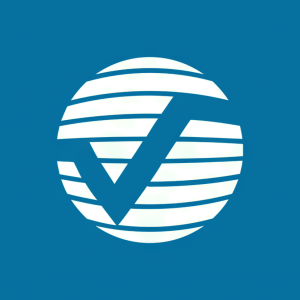Property and Casualty Insurers See $5.6B Net Underwriting Loss in Nine Months 2021
Verisk Reports Underwriting Loss Amid Rising Non-Catastrophe Losses
Verisk (Nasdaq: VRSK) revealed a $5.6 billion net underwriting loss for U.S. property/casualty insurers in the first nine months of 2021, attributed to a 14.1% increase in personal auto liability losses. The industry's combined ratio worsened to 99.5% from 98.8% year-over-year, while net income after taxes rose to $42.1 billion, driven by premium growth and investment gains. Written premium growth accelerated to 9.4%, reflecting economic recovery. However, challenges persist with rising inflation and climate-related risks impacting the sector.
- Net income after taxes increased to $42.1 billion in 2021 from $35.2 billion the previous year.
- Overall net written premium growth accelerated to 9.4% in the first nine months of 2021, up from 2.9% in 2020.
- The net underwriting loss reached $5.6 billion, reflecting significant losses in personal auto liability.
- The combined ratio deteriorated to 104.5% in the third quarter of 2021 from 101.3% in the previous year.
Underwriting Loss Comes as Insurers See Increase in Non-Catastrophe Losses from Several Lines of Business, Including Personal Auto
JERSEY CITY, N.J., Feb. 15, 2022 (GLOBE NEWSWIRE) -- Private U.S. property/casualty insurers saw a
Direct losses for personal auto liability increased
Despite the underwriting loss, the industry saw an increase in net income after taxes to
Overall net written premium growth accelerated to
“While catastrophes, including hurricane Ida in September 2021, brought major insured losses, it was an increase in non-catastrophic losses, especially in personal auto, that contributed the most to the worsening of underwriting results in 2021,” said Neil Spector, president of underwriting solutions at Verisk. “As the economy continued to recover, insurers saw incurred losses return to more typical levels, additionally pushed up by inflation and supply chain issues. Going into 2022, the insurance industry continues to face a wide range of challenges, from climate change to evolving cyber threats. Those insurers with access to robust data from across the industry will be the best equipped for the constantly changing risk landscape.”
“Insurers are facing an extreme escalation in inflationary pressures that increasingly strained rate adequacy last year,” said Robert Gordon, senior vice president policy, research, and international, for the American Property Casualty Insurance Association (APCIA). “While both net written and net earned premiums increased during the third quarter, incurred losses and loss adjustment expenses increased even more (by
2021’s Third Quarter Sees Elevated Loss Levels
In third quarter 2021, insurers saw their net income after taxes decline to
Loss and loss adjustment expenses increased in third quarter 2021 to
The combined ratio deteriorated to
Read the full report from Verisk and APCIA.
About Verisk
Verisk (Nasdaq:VRSK) provides predictive analytics and decision-support solutions to customers in the insurance, energy and specialized markets, and financial services industries. More than 70 percent of the FORTUNE 100 relies on the company's advanced technologies to manage risks, make better decisions and improve operating efficiency. The company's analytic solutions address insurance underwriting and claims, fraud, regulatory compliance, natural resources, catastrophes, economic forecasting, geopolitical risks, as well as environmental, social, and governance (ESG) matters. Celebrating its 50th anniversary, the company continues to make the world better, safer and stronger, and fosters an inclusive and diverse culture where all team members feel they belong. With more than 100 offices in nearly 35 countries, Verisk consistently earns certification by Great Place to Work. For more: Verisk.com, LinkedIn, Twitter, Facebook, and YouTube.
About APCIA
Representing nearly 60 percent of the U.S. property casualty insurance industry, the American Property Casualty Insurance Association (APCIA) promotes and protects the viability of a competitive private insurance market for the benefit of consumers and insurers. APCIA represents the broadest cross section of home, auto, and business insurers of any national trade association. APCIA members represent all sizes, structures, and regions, which protect families, communities, and businesses in the U.S. and across the globe. For more information, visit www.apci.org.
Attachment

FAQ
What was the net underwriting loss reported by Verisk for the first nine months of 2021?
How much did personal auto liability losses increase in 2021?
What was the net income after taxes for U.S. property/casualty insurers in 2021?
What challenges is the insurance industry facing going into 2022?







